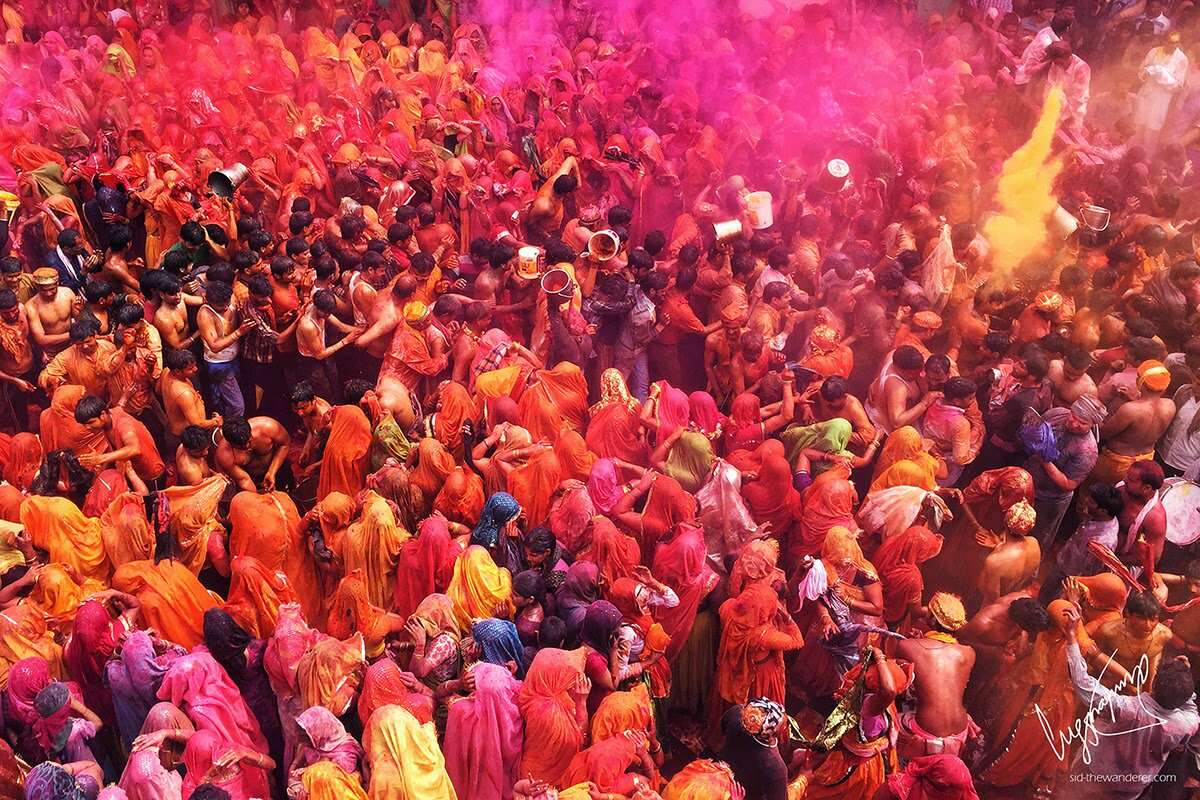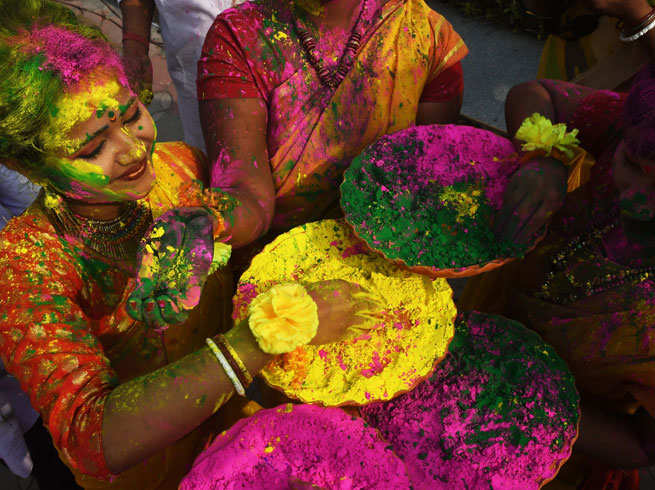

Locations of all temples having coordinates may be seen together in a map linked from "Map all coordinates using OpenStreetMap" on the right of this page. In the meantime, older temples have been expanded and/or renovated to include kitchens, dining areas, community halls, and auditoriums to meet the growing needs of their congregations. In the 21st century, Hindu temples have been established in many smaller cities and towns, and larger metropolitan areas have continued to add temples, as seen in the list below. In the 1980s and 1990s, temples were built in nearly all major metropolitan areas. The goal of the societies was to create permanent temples by purchasing existing properties such as private homes, former churches, warehouses, and office buildings, or by buying land and constructing new temples "from scratch." The Sri Venkateswara Temple, Pittsburgh, inaugurated on June 8, 1977, and the Hindu Temple Society of North America in New York, consecrated on July 4, 1977, became the first Hindu temples in the U.S. Sri Venkateswara Temple, Pittsburgh, the oldest Hindu temple in the United States built by Indian immigrants īy the 1970s, the religious groups and cultural associations started working together to create Hindu "temple societies." These societies formed in metropolitan areas with large Indian American populations such as Atlanta, Boston, Chicago, Detroit, Houston, Los Angeles, New York, Pittsburgh, the San Francisco Bay Area, and Washington D.C. The religious groups often met in members' homes to study the scriptures, conduct pujas, or sing bhajans (devotional songs).

Many of these associations rented halls, churches, and school auditoriums to celebrate Hindu festivals such as Diwali, Holi, and Navaratri. They formed religious communities such as the Swaminarayan Sampradaya and cultural organizations such as Bengali, Gujarati, Marathi, Odisha, Tamil, Telugu, and India Associations. As these immigrants started raising families, they began taking active steps to preserve their culture and heritage. These altars became the first makeshift temples of the early immigrants. The Hindu students and professionals who immigrated in the late 1960s and 1970s often kept small altars and puja rooms in their homes. The Immigration and Nationality Act of 1965 facilitated a significant increase in Indian immigration. In the 1960s and 1970s, these and other teachers established centers, temples, and ashrams, many of which continue to the present day. Bhaktivedanta Swami Prabhupada, Swami Satchidananda, Swami Rama, and Swami Muktananda. The most prominent of these were Maharishi Mahesh Yogi, A. The rise of counterculture of the 1960s in the United States saw the arrival of many gurus and swamis from India. Its international headquarters Self-Realization Fellowship Lake Shrine opened in California in 1950. By the 1950s, the Self Realization Fellowship had become the most prominent Hindu organization in America.

Promoting yoga through his book Autobiography of a Yogi, he opened centers throughout the country. Paramahansa Yogananda also came to the United States to attend a conference in 1920 and established the Self Realization Fellowship. Although the Society's membership was relatively small, it paved the way for the later rise in popularity of yoga in the United States. Through the 1930s and 1940s, Vedanta Societies were also established in Boston, Los Angeles, Portland, Providence, Chicago, St. This temple has evolved into a bona fide Hindu temple. The Vedanta Society built its first temple, called the Old Temple, in North America in San Francisco in 1905. Trivandrum Kaniyapuram Karamana Kattakada Kilimanoor Kovalam Nagaroor Nalanchira Nedumangad Nemom Neyyattinkara Poothura Poovar Puthenchantha Puthiyakavu St.Following his famous speech at the Parliament of the World's Religions in Chicago, Swami Vivekananda established Vedanta Societies in New York City and San Francisco in the 1890s.


 0 kommentar(er)
0 kommentar(er)
